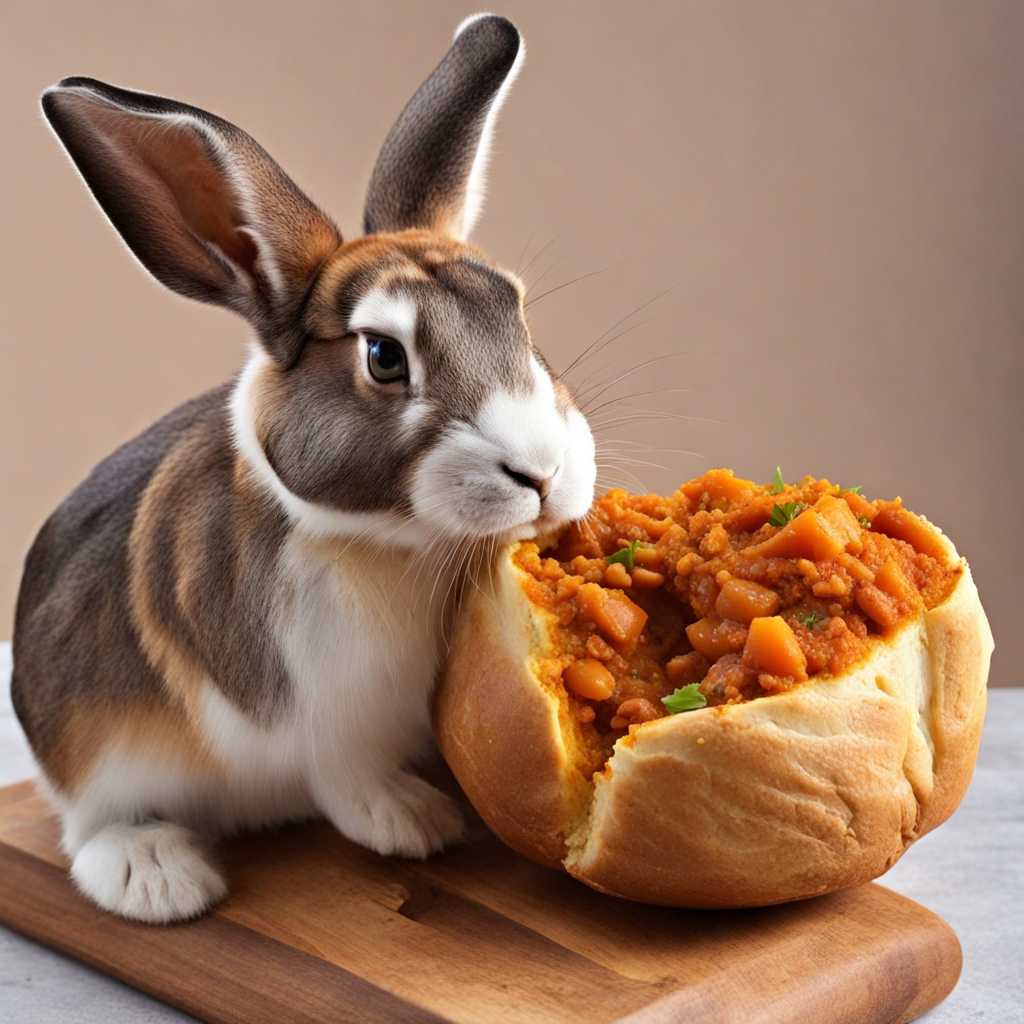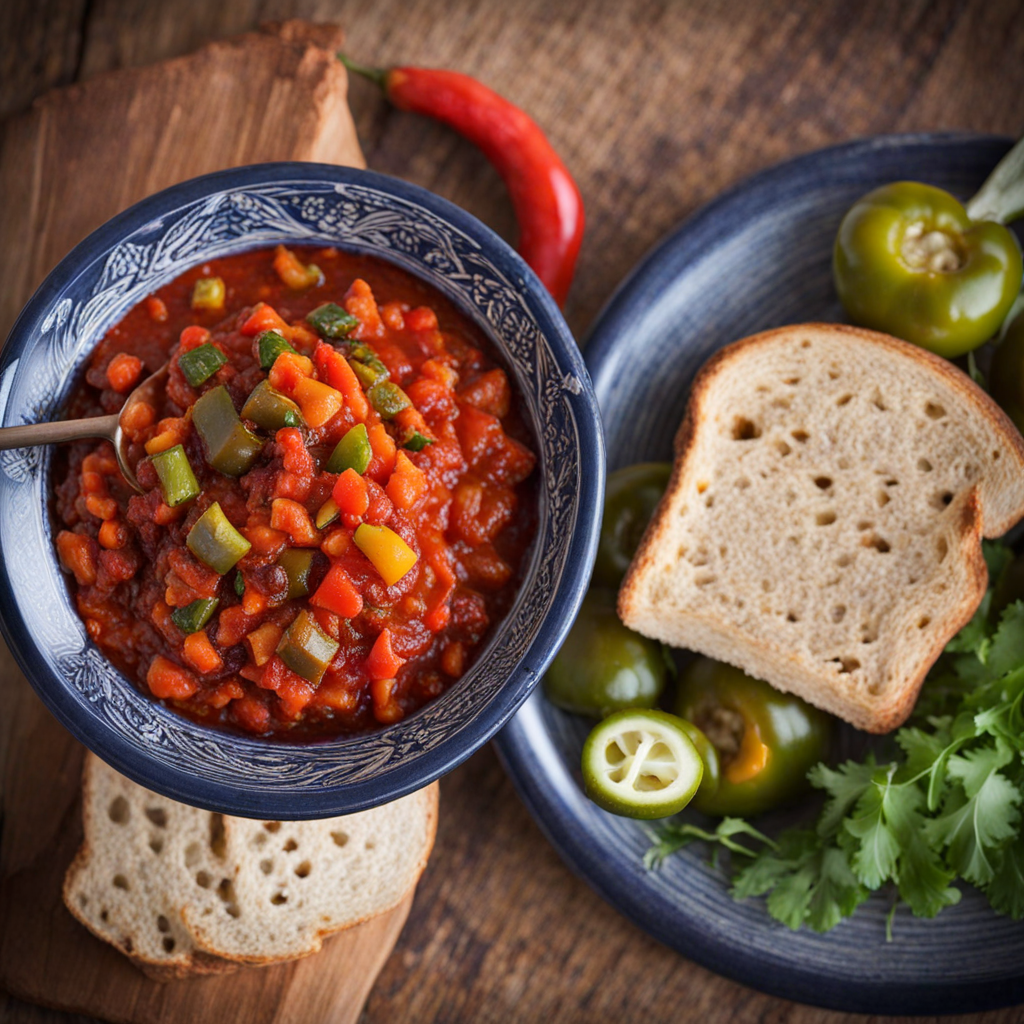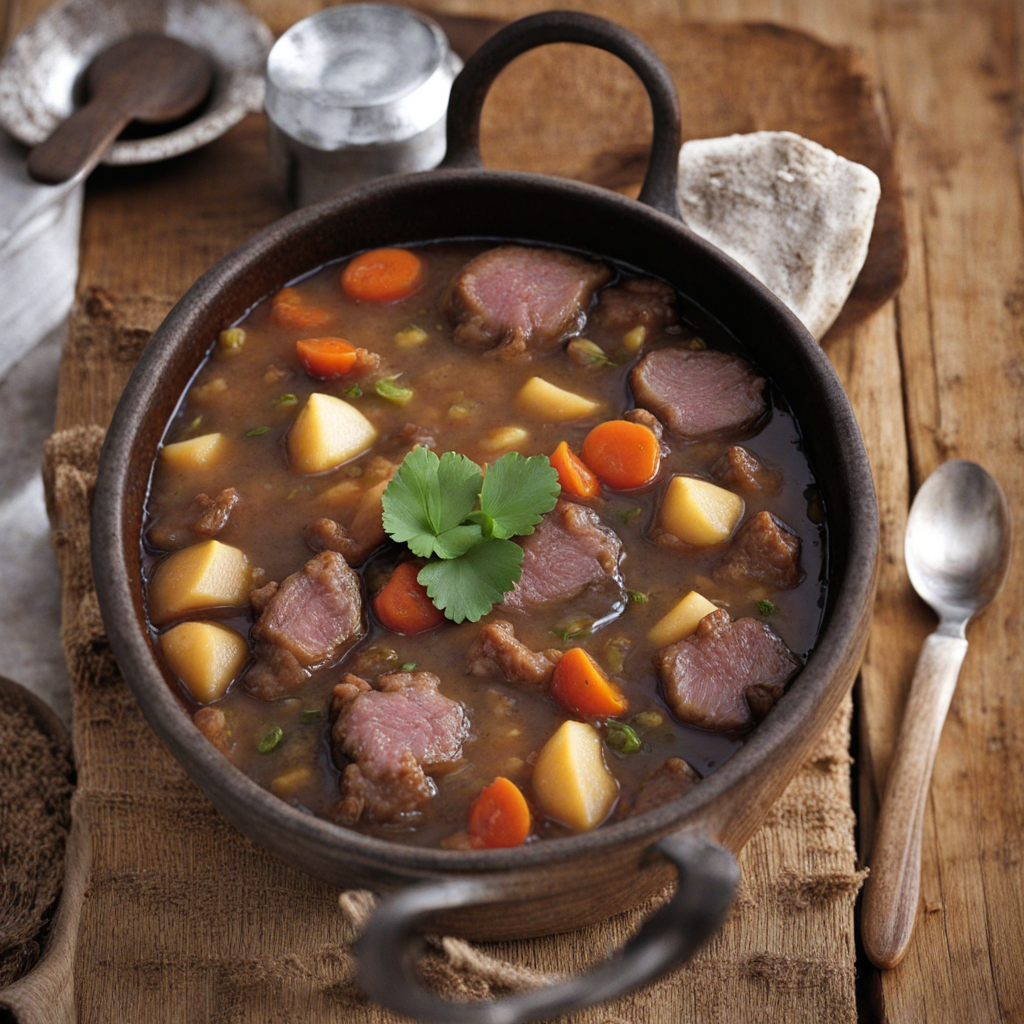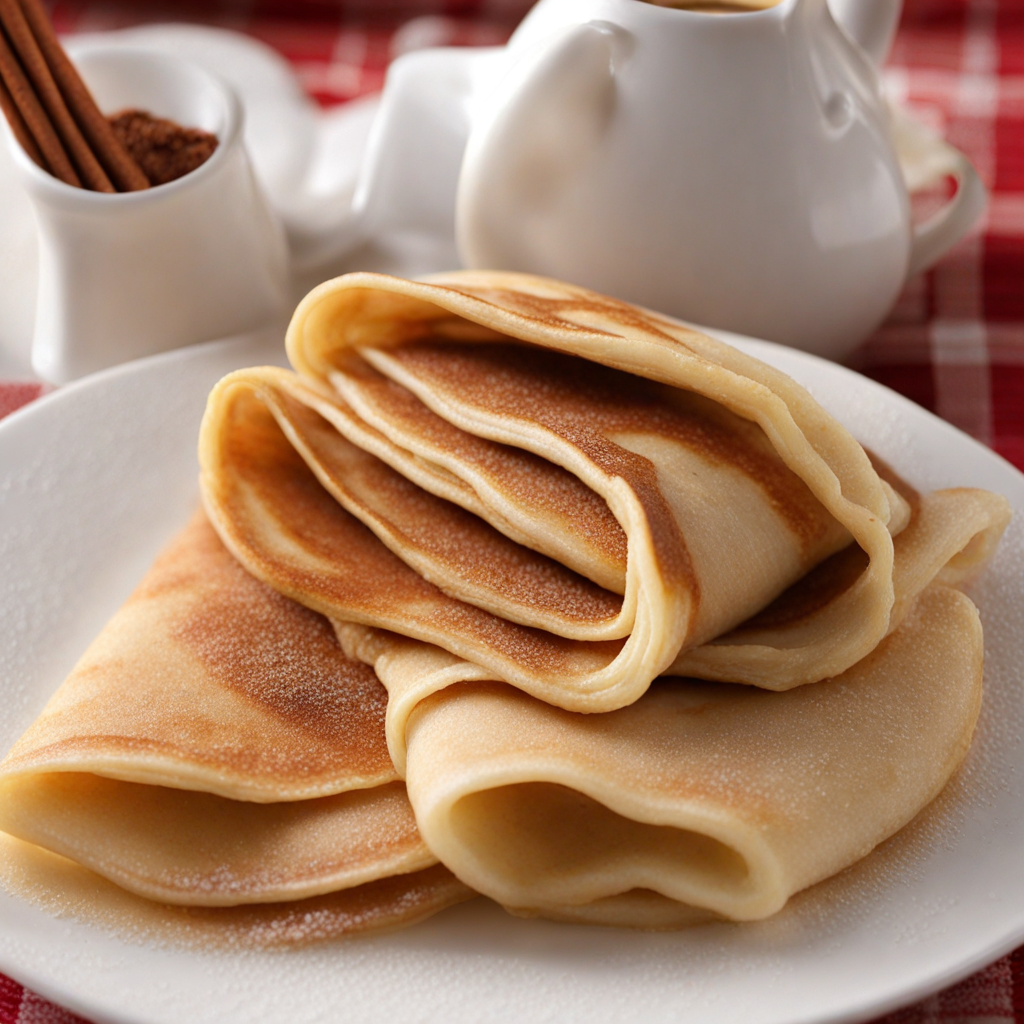Bunny Chow
Bunny Chow is a delightful and unique South African dish that originates from the vibrant Indian community in Durban. It consists of a hollowed-out loaf of bread filled with a spicy curry, usually made from either lamb, chicken, or vegetables. The bread serves as both a vessel and a side, soaking up the rich flavors of the curry while providing a satisfying, chewy texture that complements the dish. The curry itself is often infused with aromatic spices such as cumin, coriander, and turmeric, offering a complex yet harmonious blend of flavors that tantalize the taste buds. As you take your first bite, you’ll experience the warmth of the spices enveloping the tender meat or vegetables, balanced by the soft, fresh bread. The dish is typically served with a side of chutney or sambal, adding an extra layer of flavor and a touch of heat. The combination of the hearty curry and the fluffy bread creates a comforting meal that is both filling and incredibly satisfying, making it a favorite among locals and visitors alike. Bunny Chow is not just a meal; it’s an experience that reflects the rich cultural tapestry of South Africa. Often enjoyed as street food or in casual dining settings, it is typically eaten with your hands, which adds an element of fun to the dining experience. Whether you are savoring it on a bustling street corner or at a cozy eatery, Bunny Chow is sure to deliver a memorable taste adventure that showcases the bold culinary heritage of South Africa.
How It Became This Dish
Bunny Chow: A Culinary Journey Through South Africa #### Origins Bunny Chow, a dish synonymous with South African cuisine, has a fascinating history that embodies the complexities of the nation’s cultural tapestry. Its origins can be traced back to the Indian community in Durban, a coastal city in KwaZulu-Natal, during the early 20th century. The roots of Bunny Chow lie in the arrival of Indian indentured laborers to South Africa, beginning in 1860. These laborers were brought in to work on the sugarcane plantations, and they brought with them their culinary traditions, which would eventually meld with local influences. The story of Bunny Chow often credits a particular restaurant in the 1940s called “Kapitan’s” run by a man named Mr. K. S. Naidoo. Legend has it that the dish originated when workers sought a portable, hearty meal that could be easily consumed during their labor. The original Bunny Chow consisted of a hollowed-out loaf of bread filled with curry, which allowed the workers to eat while on the go, with the bread acting as both container and accompaniment. #### Cultural Significance Bunny Chow is more than just a meal; it is a symbol of resilience and adaptability. It serves as a reminder of the Indian influence on South African culture and cuisine, particularly in urban areas like Durban. The dish is a testament to the ingenuity of the Indian community, who adapted their traditional recipes to suit local ingredients and conditions. The use of bread as a vessel for curry not only made the dish practical but also symbolized the blending of cultures. Over the years, Bunny Chow has transcended its humble beginnings to become a beloved dish enjoyed by South Africans of all backgrounds. It is commonly served at restaurants, street food stalls, and homes, uniting communities through its robust flavors. The dish’s significance is further emphasized by the annual Bunny Chow Festival in Durban, celebrating this culinary icon with competitions, tastings, and cultural performances. #### Development Over Time As Bunny Chow gained popularity, the dish evolved. While the original version typically featured mutton or chicken curry, modern iterations showcase a variety of fillings, including vegetarian options like lentil curry, and even fusion variations that incorporate international flavors. The curry itself can range from mild to fiery hot, allowing for a spectrum of taste preferences. The bread used for Bunny Chow is crucial to the dish’s identity. Traditionally, a quarter or half of a white loaf is used, which is soft enough to soak up the curry while also providing a satisfying texture. However, in recent years, some chefs have experimented with artisan breads, adding a gourmet twist to the classic. This evolution reflects broader trends in the culinary world, where traditional dishes are reimagined to cater to contemporary palates. In the late 20th century and early 21st century, Bunny Chow began to gain recognition beyond South Africa's borders. With the rise of global cuisine and the increasing popularity of street food culture, Bunny Chow found its way into the kitchens of food enthusiasts around the world. Food festivals, pop-up restaurants, and international chefs have introduced the dish to a wider audience, often sparking curiosity about its origins and cultural significance. Social media has played a vital role in this global renaissance. Platforms like Instagram and TikTok have allowed food lovers to share their experiences with Bunny Chow, showcasing its vibrant colors and delicious presentation. This newfound visibility has led to a resurgence of interest in South African cuisine as a whole, with Bunny Chow often serving as the gateway for culinary exploration. #### Contemporary Scene Today, Bunny Chow is celebrated not only as a staple food but also as a cultural artifact that tells the story of South Africa's diverse heritage. In Durban, one can find numerous eateries claiming to serve the “best” Bunny Chow, each offering unique interpretations of the dish. The competition has spurred innovation, with chefs experimenting with various meats, vegetarian options, and even seafood fillings. In recent years, the rise of health consciousness has also influenced the way Bunny Chow is prepared and served. Some establishments now offer gluten-free bread or low-carb options, catering to modern dietary preferences while maintaining the essence of the dish. Additionally, chefs are focusing on sourcing quality ingredients, highlighting the importance of sustainability and local produce. Bunny Chow has also made its mark in popular culture. It has been featured in various media, including documentaries and cooking shows, shining a light on its historical and cultural significance. The dish has become emblematic of South African identity, representing a fusion of cultures and histories that is characteristic of the nation itself. Conclusion Bunny Chow is more than just a delicious meal; it is a culinary narrative that encapsulates the spirit of South Africa. From its humble beginnings as a laborer’s convenience to its status as a beloved national dish, Bunny Chow reflects the resilience, adaptability, and creativity of the Indian community in South Africa. As the dish continues to evolve and gain popularity on both local and global stages, it serves as a reminder of the rich cultural heritage that shapes the country’s cuisine. Each bite of Bunny Chow is a taste of history, a celebration of diversity, and a delicious example of how food can bring people together. Whether enjoyed at a street stall or in a fine dining setting, Bunny Chow remains a cherished part of South Africa's culinary landscape, inviting all to savor its flavors and stories.
You may like
Discover local flavors from South Africa







